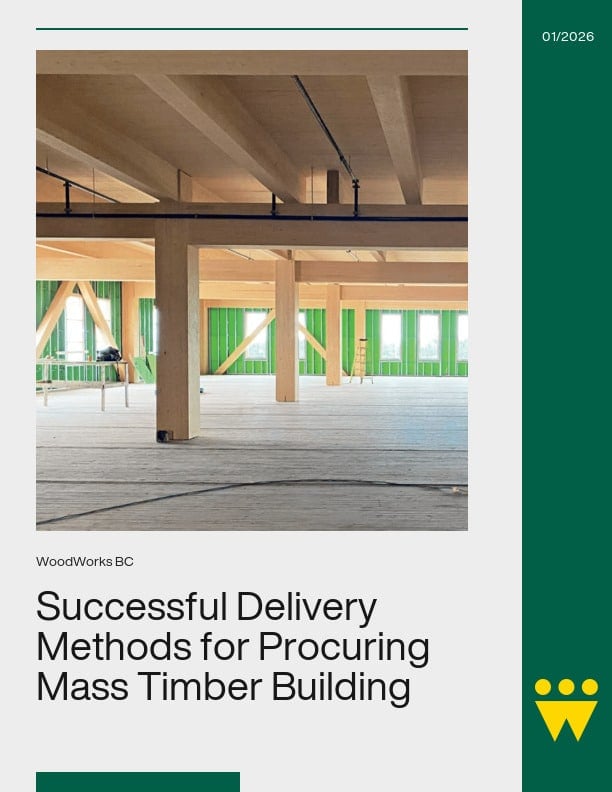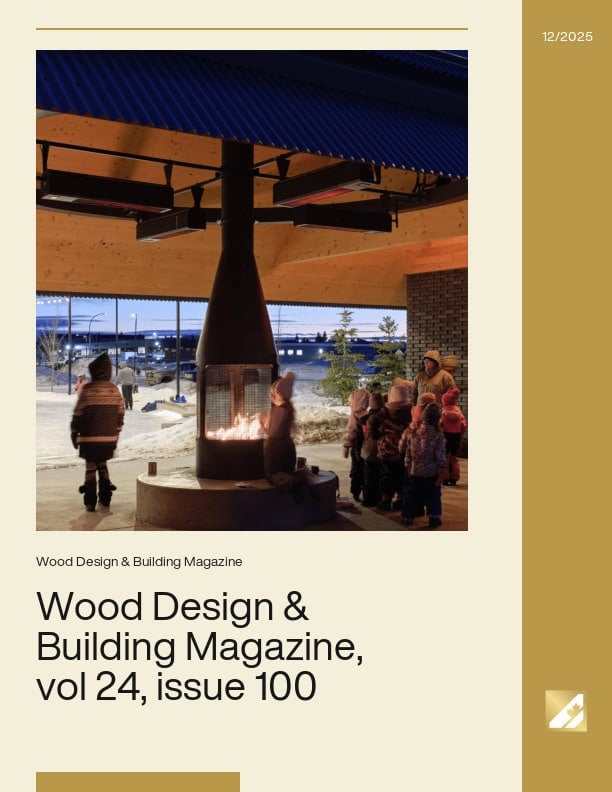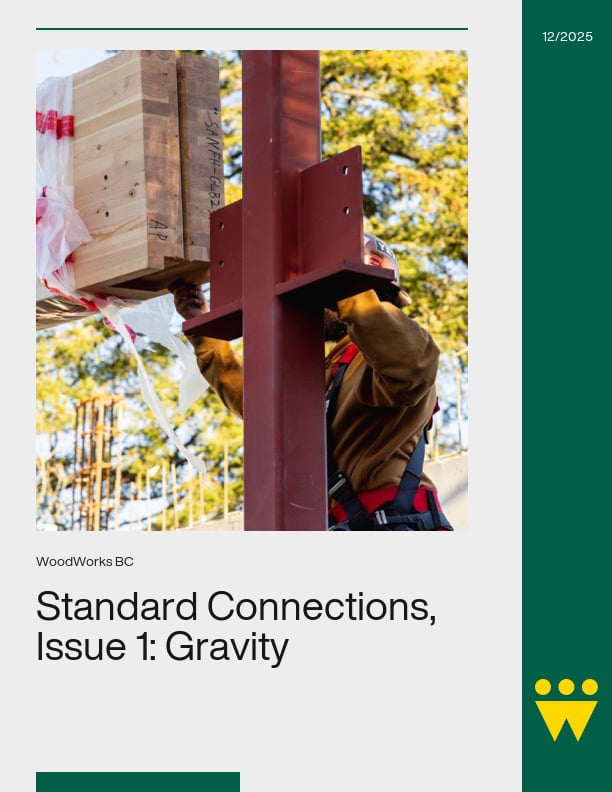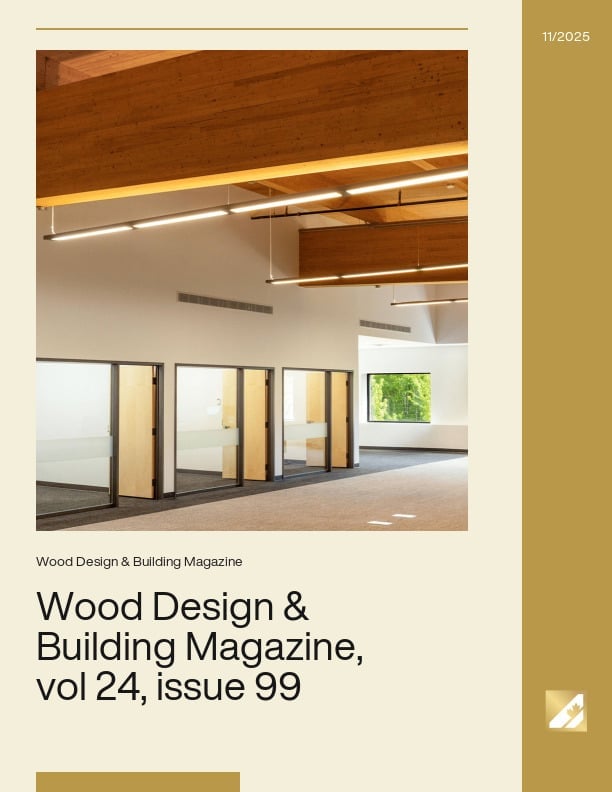Treatability of Major North American Softwoods
Some wood is easier to treat than others. The particular structure of the cells for a given piece of wood will determine how permeable the wood is to chemicals. This table describes the permeability of common softwoods used in North America. The permeability ratings are:
1 – Permeable
2 – Moderately Impermeable
3 – Impermeable
4 – Extremely Impermeable
| Tree | Permeability | Permeability | Predominant in the Tree |
| Sapwood | Heartwood | ||
| Douglas Fir | 2 | 4 | Heartwood |
| Western Hemlock | 2 | 3 | Heartwood |
| Eastern Hemlock | 2 | 4 | Heartwood |
| White Spruce | 2 | 3-4 | Heartwood |
| Engelmann Spruce | 2 | 3-4 | Heartwood |
| Black Spruce | 2 | 4 | Heartwood |
| Red Spruce | 2 | 4 | Heartwood |
| Sitka Spruce | 2 | 3 | Heartwood |
| Lodgepole Pine | 1 | 3-4 | Heartwood |
| Jack Pine | 1 | 3 | Heartwood |
| Red Pine | 1 | 3 | Sapwood |
| Southern Pine | 1 | 3 | Sapwood |
| Ponderosa Pine | 1 | 3 | Sapwood |
| Amabilis Fir (Pacific silver fir) | 2 | 2-3 | Heartwood |
| Alpine Fir | 2 | 3 | Heartwood |
| Balsam Fir | 2 | 4 | Heartwood |
| Western Red Cedar | 2 | 3-4 | Heartwood |
| Eastern White Cedar | 2 | 3-4 | Heartwood |
| Yellow Cypress | 1 | 3 | Heartwood |
| Western S-P-F | 2 | 3-4 | Heartwood |
| Eastern S-P-F | 2 | 4 | Heartwood |
| Hem-Fir | 2 | 3 | Heartwood |
| Western Larch | 2 | 4 | Heartwood |
| Tamarack | 2 | 4 | Heartwood |
Incising
We can improve the penetration of preservative into impermeable wood by making little cuts in the wood. A series of small, shallow slits are cut into the wood by an incising machine. This is an effective way of increasing the treatability of lumber pieces which are predominantly heartwood. Species with heartwood permeability ratings of higher than 3 require high density incising (over 7,500 incisions per square meter). Incising does reduce the strength of lumber and this effect must be taken into account in engineering calculations.
Drying to Maximise Treatabilty
Unless the purchaser can be assured that lumber for treatment will be air dried to less than 30% moisture content, the specification of KD lumber for preservative treatment is strongly recommended. The problem with treating lumber which is not kiln dried is that the practicalities of production and delivery lead to the potential for poor product quality. The durability of treated Canadian lumber relies on a shell of preservative treatment preventing access by wood-rotting fungi to the untreated core. If the treated shell fails to prevent penetration by checks or abrasion or if the wood-rotting fungus is already in the untreated core, premature failure can result. There are four major pitfalls in treating green lumber: saturated sapwood, frozen lumber, check development and pre-treatment infection.
Saturated Sapwood
In order for the preservative to penetrate the wood cells, they must be empty of water, that is, the wood must be below 30% moisture content. In green lumber the sapwood cells may be too full of sap to accept any preservative. The sapwood is the part most susceptible to decay and most in need of preservative penetration. Partial air or kiln drying to between 20 and 30% moisture content is ideal, but there is seldom the time or the conditions necessary to do this. Purchasing commercial KD material (maximum 20%) is normally the only option to ensure the sapwood will accept treatment.
Frozen Lumber
The overwhelming majority of production is treated over the winter to prepare for the spring and summer outdoor construction season. With the exception of coastal British Columbia, most regions of Canada will be dealing with frozen wood at this time. Many treating plants do not have dry kilns, thus material is treated in the condition it is delivered to the plant. Preservative will not penetrate through ice until it is fully thawed. This typically occurs in contact with the treating solution. Frozen green lumber contains a lot of ice and there is insufficient time for this to thaw during typical commercial treating cycles. The residual moisture (12 – 20%) in kiln-dried lumber is in the cell walls and will not impede preservative penetration even if it is frozen.
Check Development
Checks only develop when the moisture content of wood drops below about 28%. If lumber is treated green and then dries, checks will penetrate the treated zone exposing the untreated core. If lumber is kiln-dried to the in-service moisture content, typically around 16% in exterior exposure, the checks will be largely developed prior to treatment. This means that the checks will be lined with a treated zone and the shell of treatment will remain intact.
Pre-treatment Infection
A lesser problem than the above three, but still of some concern, is the potential for survival through the manufacturing process of wood-rotting fungi that may have infected in the tree, log or lumber storage stages. At worst, this might only apply to 10% or fewer of pieces. Nevertheless, we have seen examples where treatment of green lumber without application of heat (60°C or more) fails to kill wood-rotting fungi already in the product, leading to premature failure in service. This can occur in as little as 4 years. CCA treatment is a cool process, but most kiln-drying schedules will kill all wood-rotting fungi.








